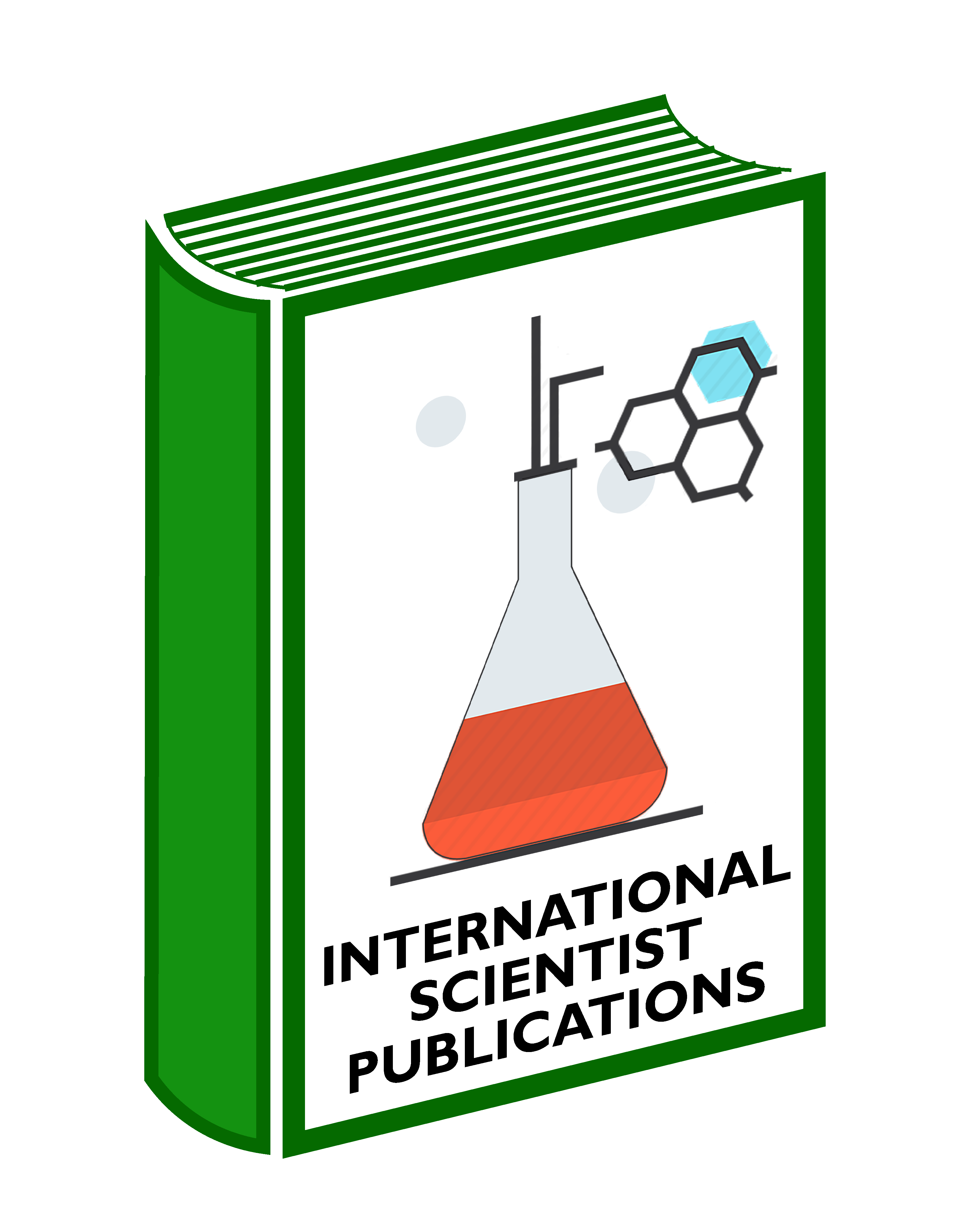If you’re a new comer to online dating and you’re wondering how often ladies hook up upon dating sites, the response may surprise you. A study by the U. S. Across the nation Center https://besthookupsites.org/snapfuck-review/ for Overall health Figures observed that men note ladies more than females, and women receive less emails than men. Despite the differences in the gender separated, understanding the psychology of via the internet communication is vital for creating a prospering date. Although it’s difficult to predict how women could possibly feel about to start a date, a real hookup website helps it be relatively easy to determine what a individual wants.
frequently asked questions
When is the Article Processing Charges (APC) paid?
Answer: The Article Processing Charges (APC) is paid when an Acceptance of the related paper reaches to the corresponding author.
How much does International Scientist Publications charge for Article Processing?
Answer: Charge standards are in accordance with the national income and vary from countries to counties. You can pay a visit to the website: https:// www.isciencepub.com/
How long does it take for an article from submission to publication?
Answer: From submission to publication, it takes nearly one month: two weeks for article reviewing and acceptance, and another one or two weeks for article publication once the fee is paid.
What are the requirements of an article submitted to International Scientist Publications?
Answer:
- The articles you submit must accord with the field of journal you choose.
- International Scientist Publications has a policy of “Zero Tolerance on the Plagiarism”.
What’s Open Access?
Answer: Open access (OA) is the normal practice of providing unrestricted access via the internet to peer-reviewed scholarly journal articles. Open Access accelerates research and learning. By reducing the barriers that restrict access to knowledge, Open Access maximizes the opportunity for publications to be read and for authors to be recognized for their contribution in their chosen field and beyond.


